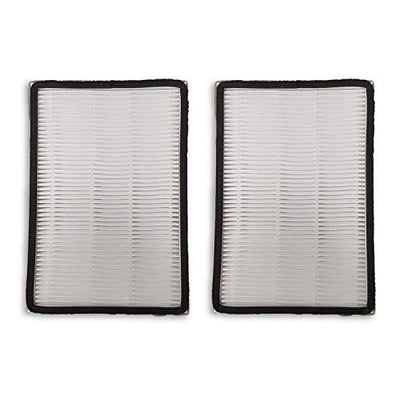Why SEBO Vacuum Cleaners?
HISTORY of SEBO
In 1978, two engineers founded SEBO in Velbert, Germany. Since then, SEBO has become the most important manufacturer of high-quality, commercial vacuum cleaners in the world, with sales in Europe, Asia, Africa and North America. Millions of SEBO vacuums have been sold to hotels, hospitals, schools . . . even The White House!

SEBO’s first shipment into the U.S.A. marketplace was in 1979, which was for commercial-cleaning customers, followed by its DUO-P Cleaning Powder in 1984, and its household vacuums were launched in 1997. Today, SEBO stands as a synonym for high-quality vacuums in commercial and retail markets worldwide.
INNOVATORS
SEBO was the WORLD’S FIRST Vacuum Manufacturer to Introduce:
- An integrated suction hose on an upright vacuum.
- A timing-belt-driven brush with clutch protection.
- A dust bag that fills from the top, followed by a microfilter and then the motor.
- An electrostatic microfilter.
- An electronic brush control and safety shut off.
- A soft bumper on a canister vacuum, which protects furniture and walls from damage.
- An electronically controlled automatic height adjustment, S-class filtration, and a detail wand with telescopic hose. To this day, the most modern vacuum cleaner in the world!






SEBO’s FILTRATION SYSTEM
Bagged vs. Bagless . . . Bags are Better!
Three-layer Ultra Bags are an integral part of SEBO’s filtration system because they hold virtually all the dirt captured by the vacuum, which improves the effectiveness and useful life of the microfilters. They also ensure continuously strong suction because dirt enters from the top, deposits at the bottom, accumulates upward, and air exits through the sides, which allows unimpeded airflow as they fill to capacity. And they can be tightly sealed with a hygiene cap when full, so no dust can escape into the air during bag removal and disposal.

In contrast, without bags to hold nearly all the captured dirt, the microfilters on bagless vacuums quickly clog from excessive dirt build-up and must be replaced often, or a loss of suction and cleaning effectiveness will occur. In addition, dust and other allergens become airborne when emptying bagless dirt containers. Lastly, bagless vacuum microfilters are expensive, usually costing more than a multi-year supply of SEBO filter bags.
The Green Vacuum Cleaner Brand
Buy Your New Vacuum with a Green and Clean Conscience!

For SEBO, reducing the carbon footprint of a product starts in the initial design process. An important consideration is to ensure that products pack into the smallest possible cartons, and that carton sizes allow the maximum number of machines to fit on a pallet. Most SEBO packaging is made from unbleached, recycled cardboard, and waste paper from the offices is shredded and re-used for packing.
Even deliveries are carefully planned, to ensure delivery trucks are running economically and are filled to capacity.
Water resources are also conserved at the SEBO factory. Rainwater is collected from the roof, then filtered and stored, to be used in production and within the factory washrooms, saving the unnecessary use of treated drinking water.
The factory and offices are designed to use natural light as much as possible, avoiding artificial lighting and the associated power consumption. And work hours are scheduled to make use of daylight hours; this also improves the working environment for employees.







